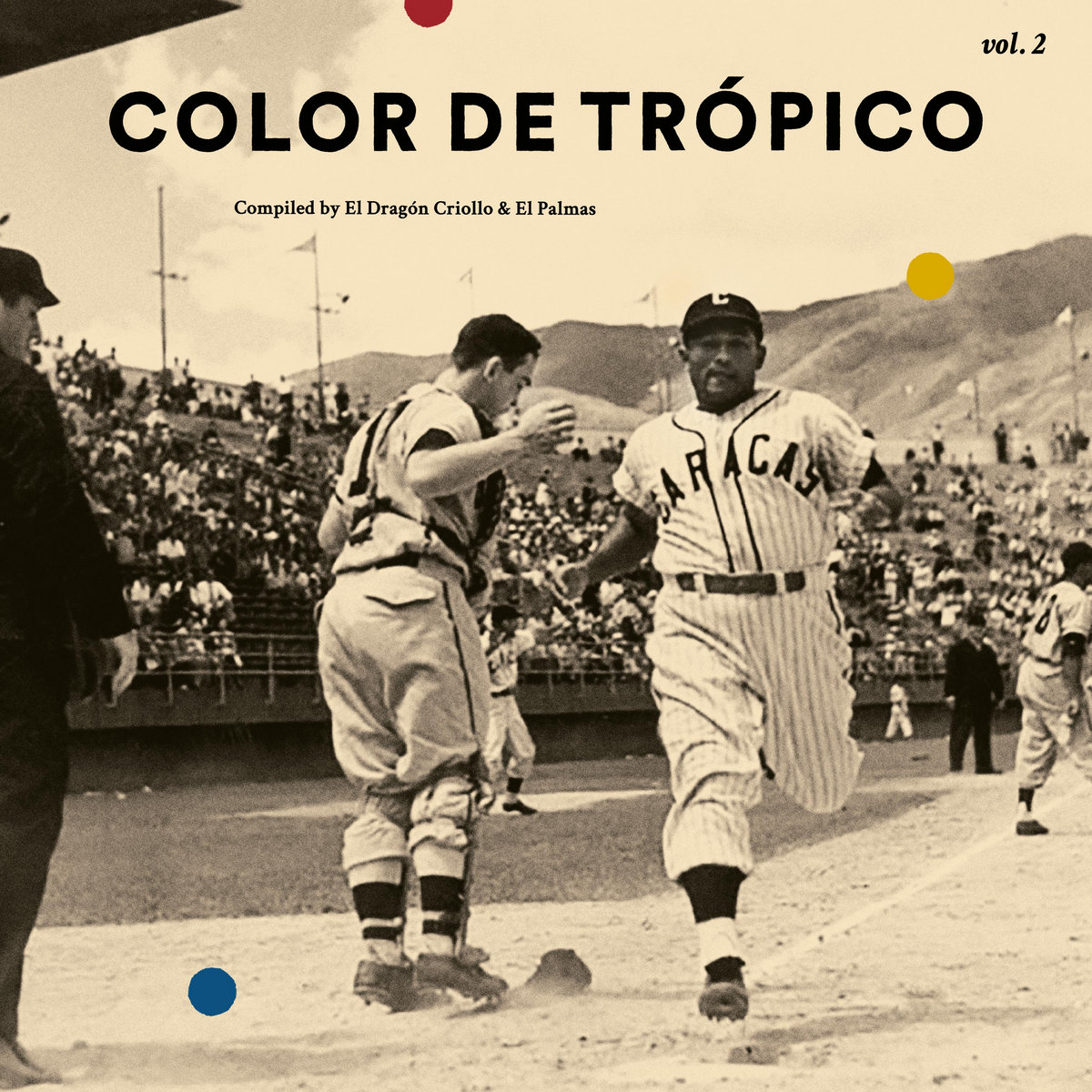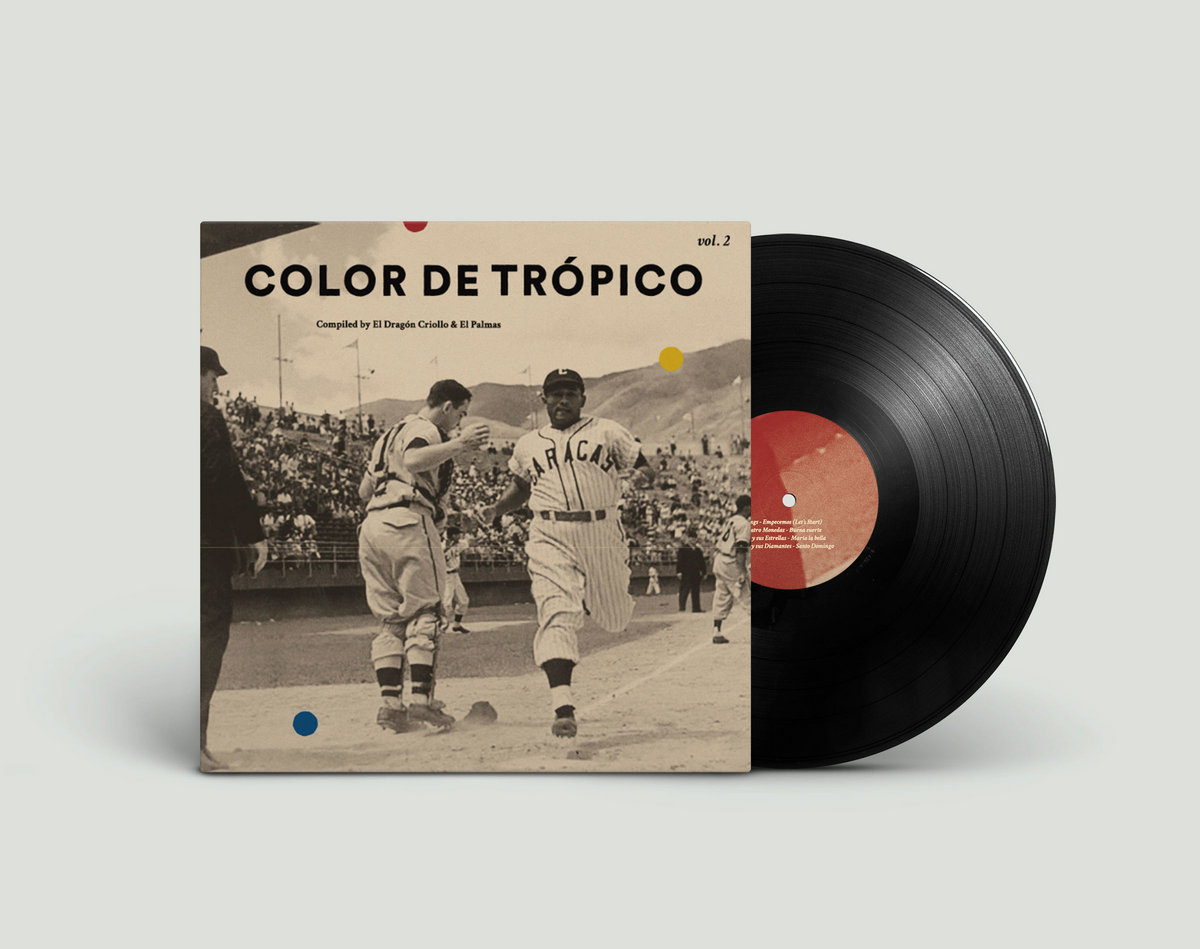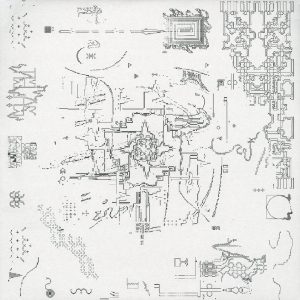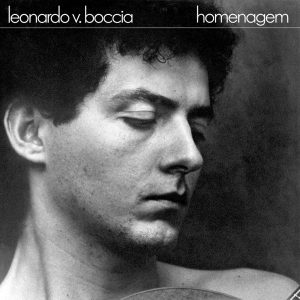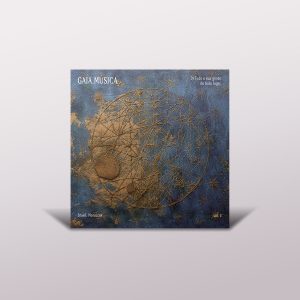Description
Press Release:
Continuing where the first compilation left off, Color de Trópico Vol. 2 returns to Venezuela’s hedonistic, and hugely creative, period of the 60s and 70s to gather another selection of rare musical gems, reissued here for the first time on vinyl.
Fuelled by oil wealth, Venezuela was one of the richest countries in Latin America during the 60s and 70s, with a GDP per capita not far off the US. This prosperity, along with a stable democracy, was changing the dynamic of the country: migrants were coming in from Colombia, the Caribbean, Europe, North America; Venezuelans themselves were migrating to the cities in search of opportunities; and the middle-class became frequent flyers to the cities of abundance and culture up north: Miami, New York, etc.
This is reflected in the music of Color de Trópico Vol. 2, which is unashamed of its genre fluidity. This is a compilation that goes from La Retreta Mayor with their funky jazz opus “Liquido Elemento”, blazing with saxophones and trumpets, to the folkloric, yet groovy, sounds of Anselmo y su Conjunto, his “Seis Pajueliao” indicative of the llanera music migrating to the cities from Venezuela’s plains; Anselmo was known as the “King of the Bandola” for very good reason. From Caracas’ nightclubs to the countryside and then even to the ballrooms with Orquesta La Playa’s “Negro Soy” offering a grandiose, nostalgic dose of exotica with its Afro roots on full show.
Elsewhere, we hear the influence of New York on Nelson y Sus Estrellas’ gritty salsa “Maria La Bella”, and a hint of cumbia on Mario y Sus Diamantes’ “Santo Domingo”, with Mario, an Italian expat, showcasing his serious organ chops. The interchange with Jamaica, and the arrival of reggae to Venezuelan shores is impossible to ignore on “Buena Suerte”, a loose adaptation of Desmond
Decker’s “007 (Shanty Town)” by Los Cuatros Monedas, produced by one of the stars of Color de Trópico Vol. 1, Hugo Blanco. Things get even wilder when Los Kings cover Fela Kuti with “Empecemos (Let’s Start)”, adding psychedelic guitars and organs to the original’s heavy grooves.
Yet Venezuelan music did not just ape other styles, its artists and producers were intent on creating a Venezuelan identity born of political and economic liberty, and this meant experimentation. Grupo Almendra are a great example of this. Their one and only album, Almendra, released in 1978, is a constantly-inventive slice of loose and live soul jazz; ‘Tutti Fruti’, the track featured here, even brings elements of disco, samba and a classic funk breakdown, into the mix. Amongst all the tracks, which were originally released between 1966 and 1978, there is a similar level of inventiveness, the musicians feeding off the music they were encountering in spades, but dishing it up in their own idiosyncratic fashion.
Color de Trópico Vol. 2 illustrates how Venezuelan musicians were searching for their own identity after years of dictatorship and with a new-found prosperity. They did this by creating a musical multiplicity, contorting cosmopolitan sounds to create unique, mesmeric fusions which still sound just as fresh today. The aim of the Color de Trópico series, compiled by DJ El Palma and El Dragón Criollo, is to document a vital part of Venezuela’s musical history, and ensure that it gets the respect it deserves.
This second volume continues this work of healing and reconstruction, offering further evidence for the case.


